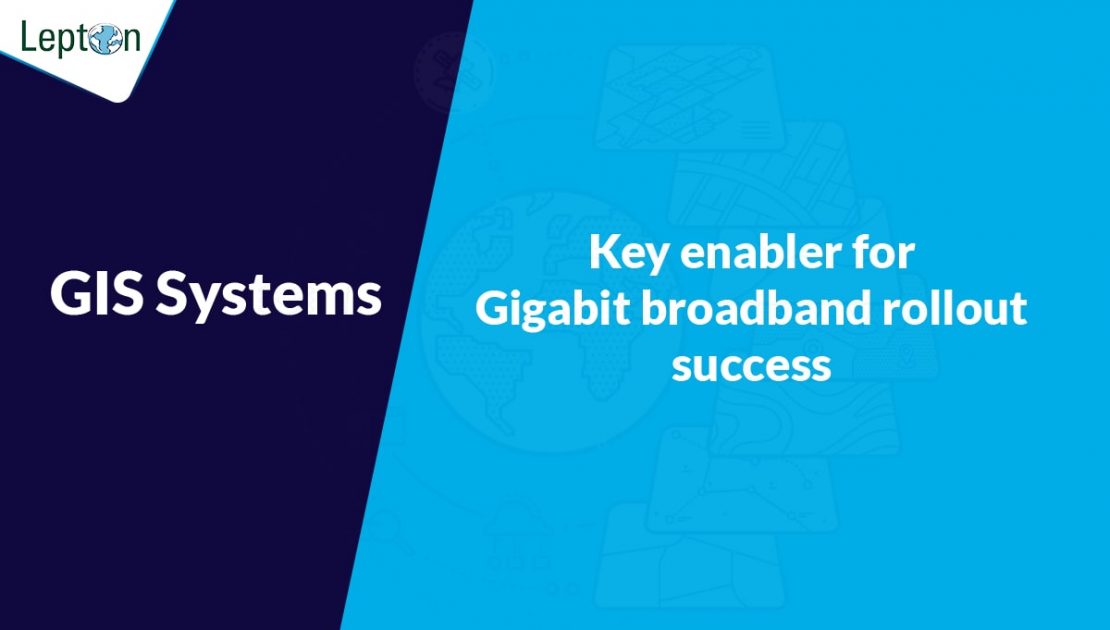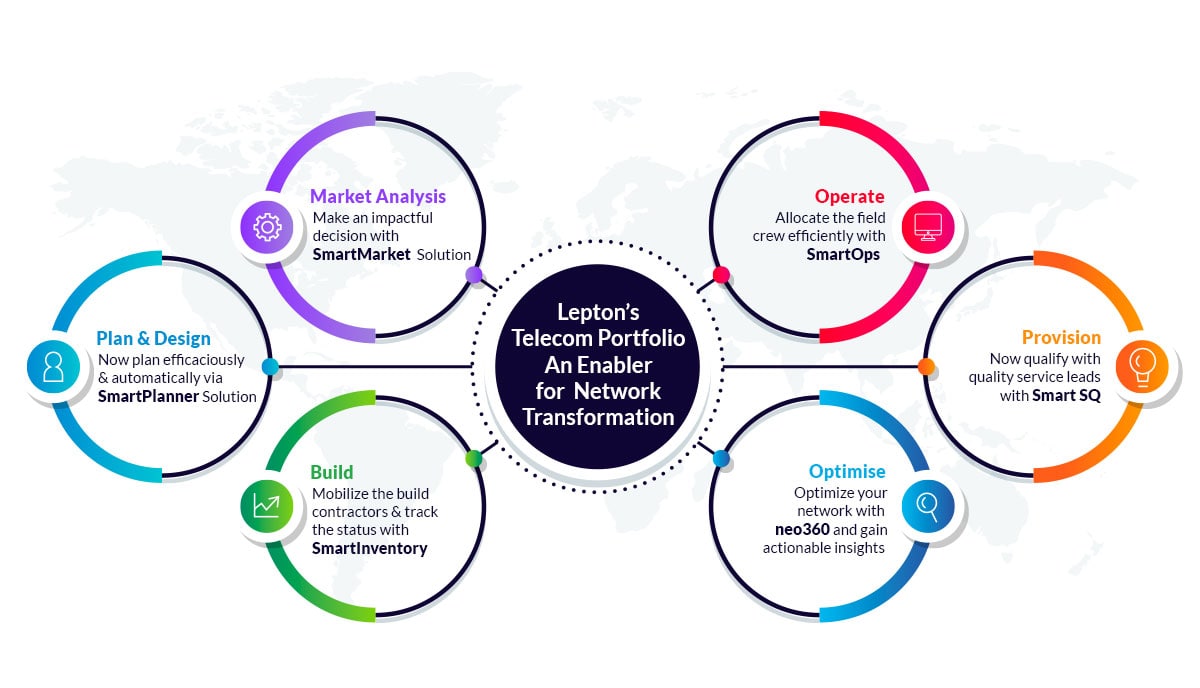The demand for broadband is exploding, along with it the complexity of fiber networks. Added to this is a global pandemic, changing the dynamics around working, and engaging with customers–digitally. Fiber network, therefore, has become all the more important to unlock our digital opportunities.
Challenges faced by network service operators
Network service providers are under pressure to overcome the challenge of rising prices and labor rates. Depending on legacy systems and processes to manage and deploy fiber can make it difficult to scale.
Lack of accurate source of data: Service operators looking to magnify their fiber rollouts beyond cities and towns often struggle to plan the rollout efficiently, while also balancing the cost with ROI for their backers. For this, there is a need to effectively plan an accurate and consistent telecom network. The majority of operators lack an accurate source of data that allows them to have a clear insight into every asset of their network–making it difficult to ensure efficient deployment.
Stakeholders and Ownership: This challenge is even more intensified by the fact that operators need to be smart enough in combining a set of assets to plot the most optimized routes to get fiber into the ground, particularly if they wish to extend their network planning into more regional and rural areas.
This means, in addition to planning traditional fiber rollout by digging trenches, operators would also have to keep in mind overhead poles, canals, railways, which are likely to involve complex ownership issues. For example, cross-country routes would not come under the jurisdiction of a specific council or a local authority as such but may belong to multiple stakeholders.
The legacy approach to fiber rollouts
Traditionally, fiber rollouts have been using different tools, for different processes such as planning, build progress management, design, field crew tracking, and connectivity feasibility request.–each of them operating in silos. Many times these applications pick data from multiple sources, which are not in sync with each other. Therefore, the data synchronization in these cases is done manually, leading to human errors. These loopholes lead to loss of efficiency, tunnel-vision–with every department having their own perspective on network utilization–leading to substandard usage of expensive assets.
For service providers, accurate data and inventory management results in efficiency gains, improved capacity utilization, faster response to connectivity requests from customers, and analytic information for improved decision making.
The need of the hour
What’s required to overcome this challenge in order to successfully roll out the Gigabit broadband network is a consolidated platform seamlessly integrating major businesses and operational processes. This platform should be able to provide authentic data to unify all processes across departments and provide a unified vision and access to data, as a single point of truth.
This view so provided by the platform should be independent of the technology–unbiased to any network–while bringing all network assets on a single screen dashboard, with simplified and shared access to plan, organize, deploy, manage, and optimally monetize fiber investments and infrastructure.
This is where Lepton’s NetworkAccess solution comes into play
The web and mobile GIS telecom network planning and inventory management system make network investments profitable by using fast network build and optimizing resources, while also maintaining the integrity of data. There are majorly three components of network planning and infrastructure.
Topological Survey: Deciding where the network components should be placed and how they should be inter-connected
Network Synthesis: Deciding the size of network components or assets
Network Realization: Strategizing how to meet capacity requirements and maintain a smooth network reliability
NetworkAccess allows operators to look for any network object and find related information with a single click. It also helps to integrate data from various sources including demography, population density, and anticipated population trends. GIS-based NetworkAccess ultimately streamlines the operational workflows of the whole organization and eliminates any communication gaps.
The features of NetworkAccess also include analyzing the potential market size of a specific location before expansion.
Right from network planning and deployment, to maintenance and daily operations–NetworkAcess has the potential to enhance a provider’s workflow from start to finish.
Conclusion
Business and technology have completely changed over the years and still are changing as you read this article. Service providers need to not just be aligned to these changes but also stay ahead of the curve to beat the competition.
By means of using location intelligence and GIS solution, businesses can improve their customer experience and shorten the sales cycle considerably.
Learn more about Lepton’s NetworkAccess solutions that bring all aspects of fiber network management together to help you easily plan, maintain, and monetize your network.



